E
How Should I Quilt This Quilt? Session 1: Introduction
National Quilters Circle EditorsIn the session I will show one quilt and discuss how the quilting is affecting it. I will introduce the idea of curvy versus straight motifs and stitch density as well as the physics of quilting. I will talk about how the selection of motif can augment or overwhelm the other aspects present in the quilt top and how to avoid the pitfalls of over or under quilting.
Explore videos by National Quilters Circle Editors
You may be interested in
Premium Membership
Unlock exclusive member content from our industry experts.
- 24/7 Access to Premium Quilting Videos, Projects, and Tips
- Step-by-Step Instructional Demos, Patterns, and Tutorials
- 50% Off Video Downloads Purchased in the National Quilters Circle Shop
- Access to Ask the Expert Program
Unlock exclusive member content from our industry experts.
- 24/7 Access to Premium Quilting Videos, Projects, and Tips
- Step-by-Step Instructional Demos, Patterns, and Tutorials
- 2 Full-Length Video Downloads to Watch Offline
- 50% Off Video Downloads Purchased in the National Quilters Circle Shop
- Access to Ask the Expert Program
Gold Membership
$336 Value
Get everything included in Premium plus exclusive Gold Membership benefits.
- 24/7 Access to Premium Quilting Videos, Projects, and Tips
- Step-by-Step Instructional Demos, Patterns, and Tutorials
- 8 Full-Length Video Downloads to Watch Offline
- 3 Full-Length Quilting Classes to Keep for Life
- 2 Printable Quilting Guides
- Discounts on Purchase-to-Own Content in the National Quilters Circle Shop
- Access to Ask the Expert Program
- Exclusive GOLD LIVE Streaming Events
Get exclusive premium content! Sign up for a membership now!
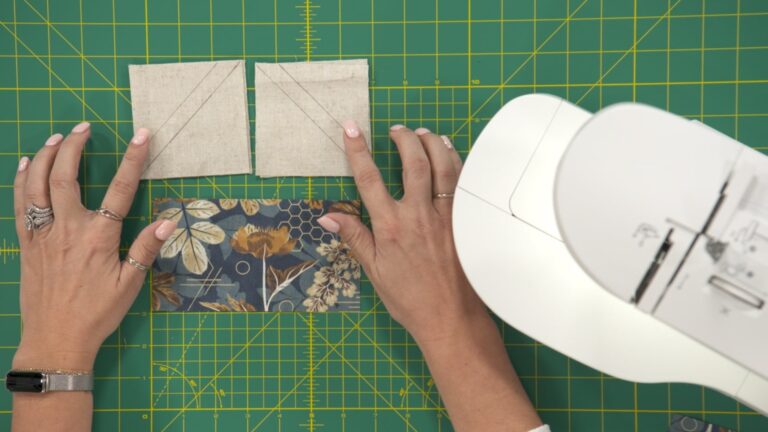
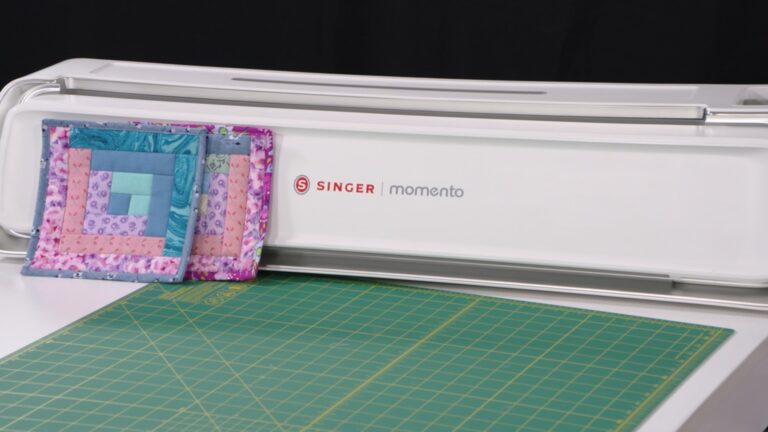
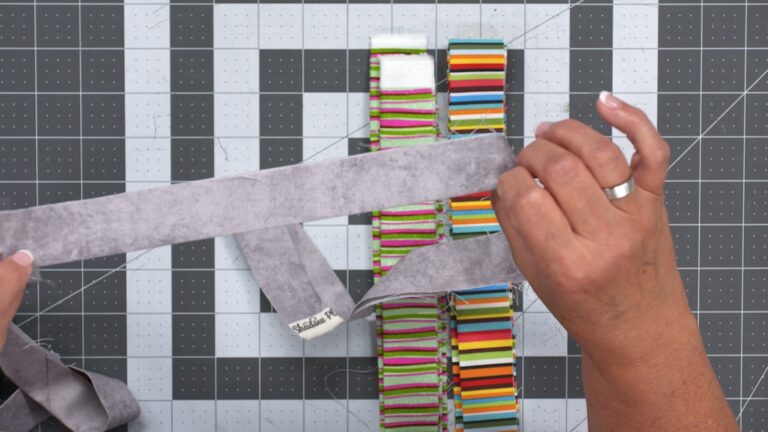
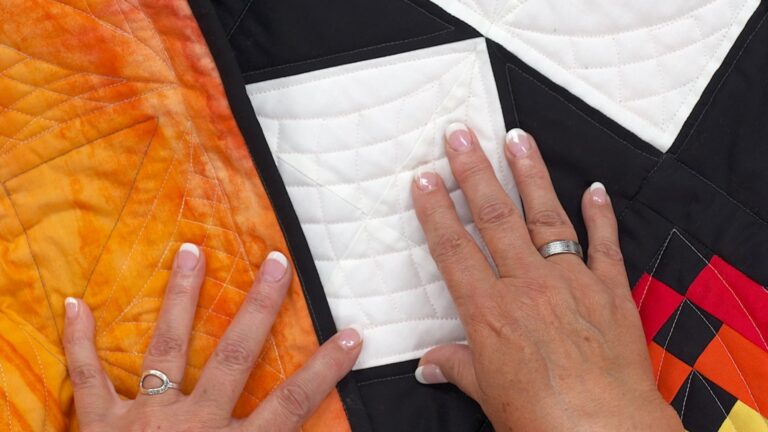
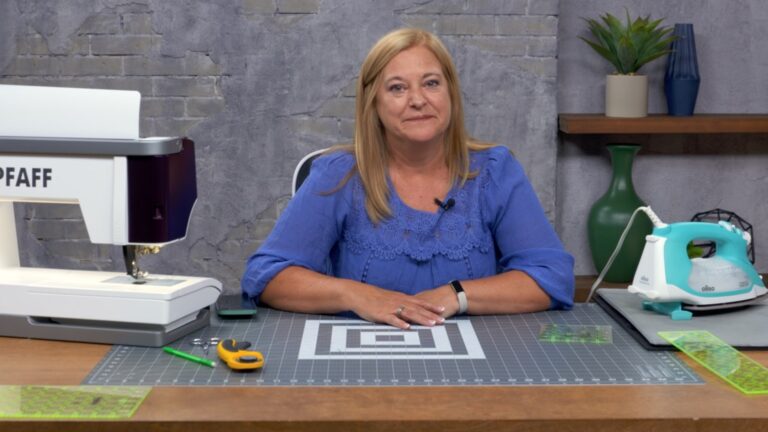
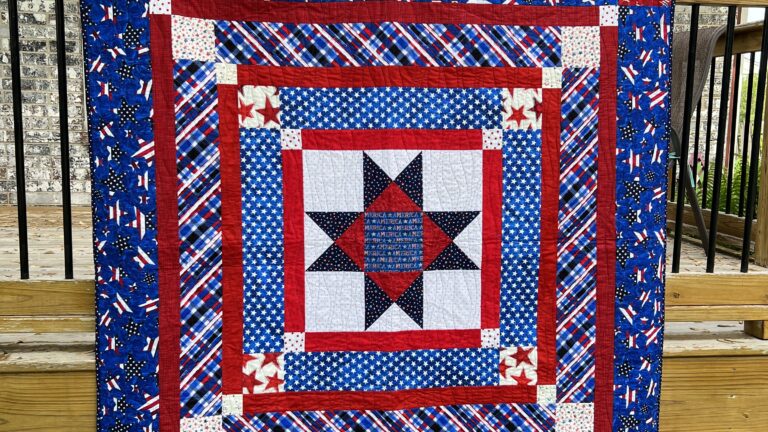
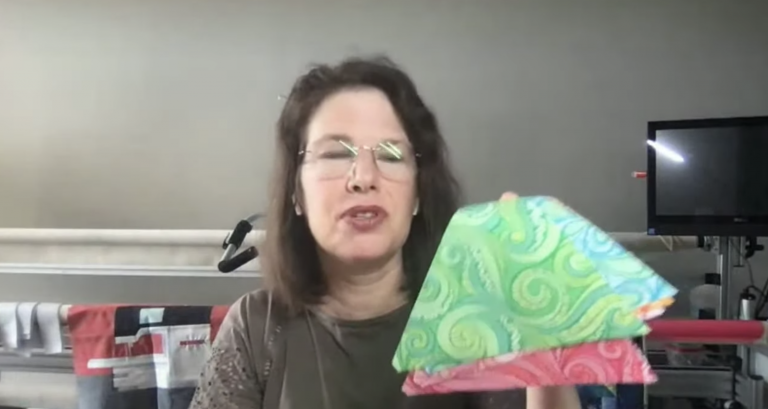
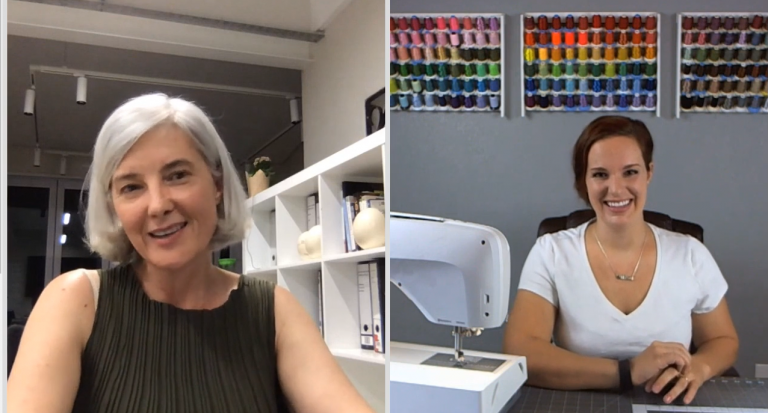
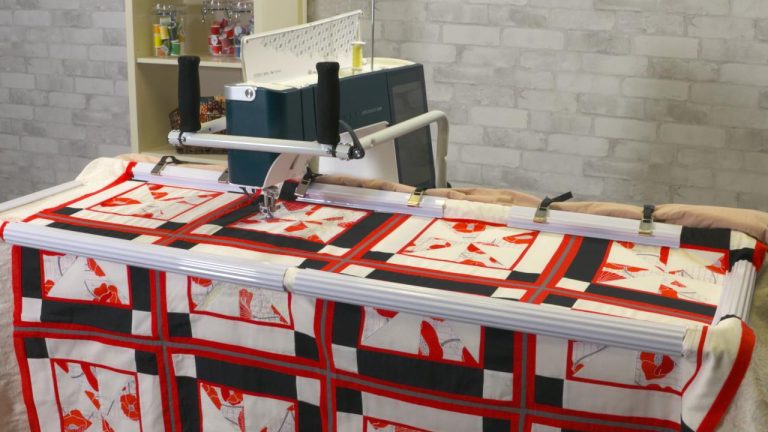
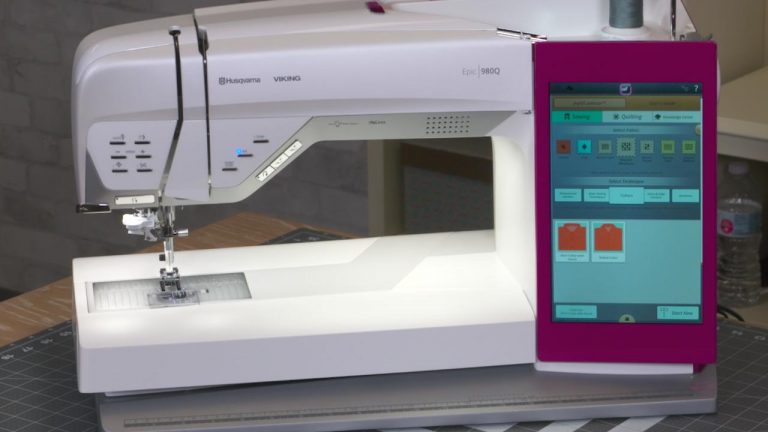

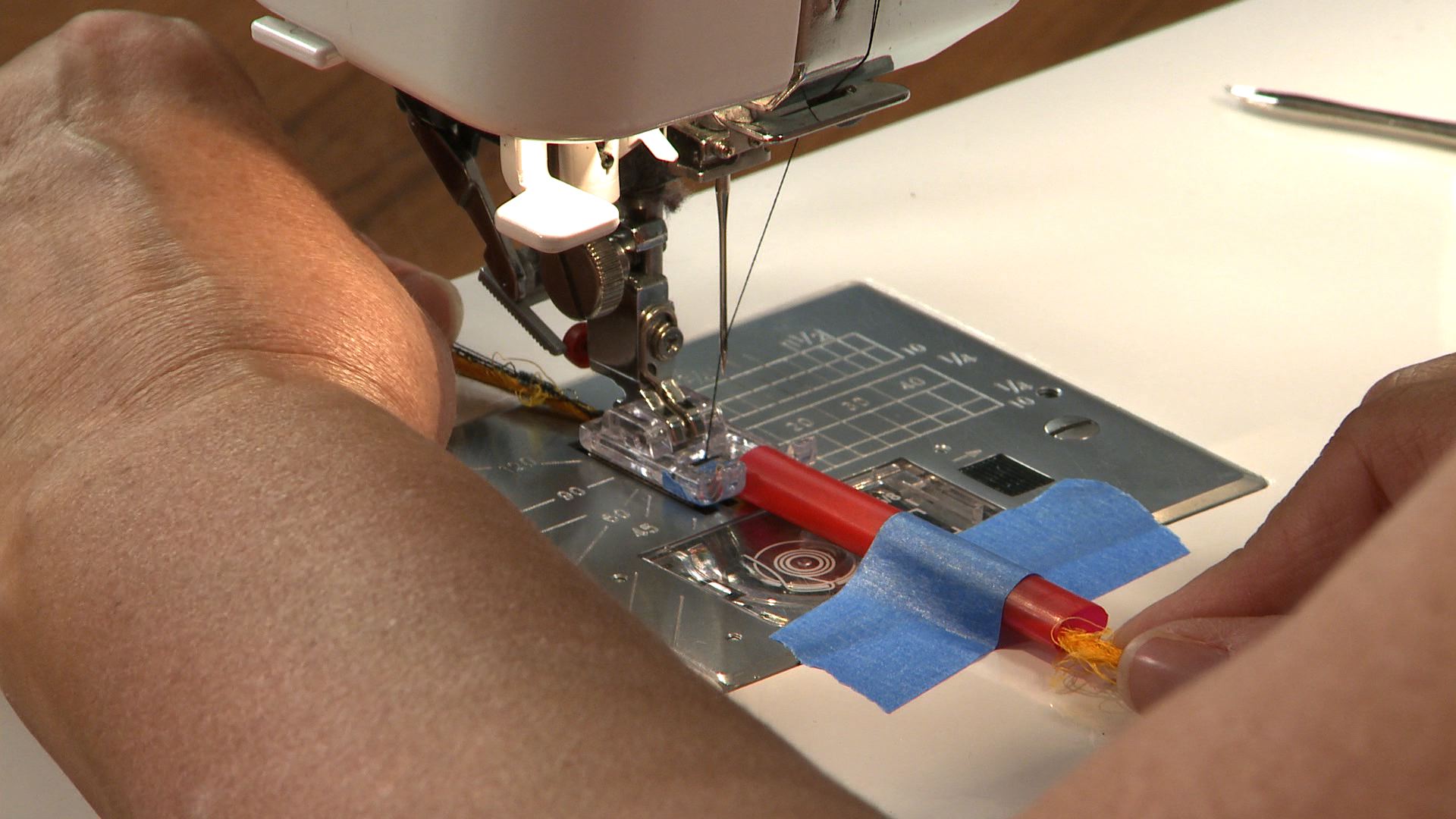
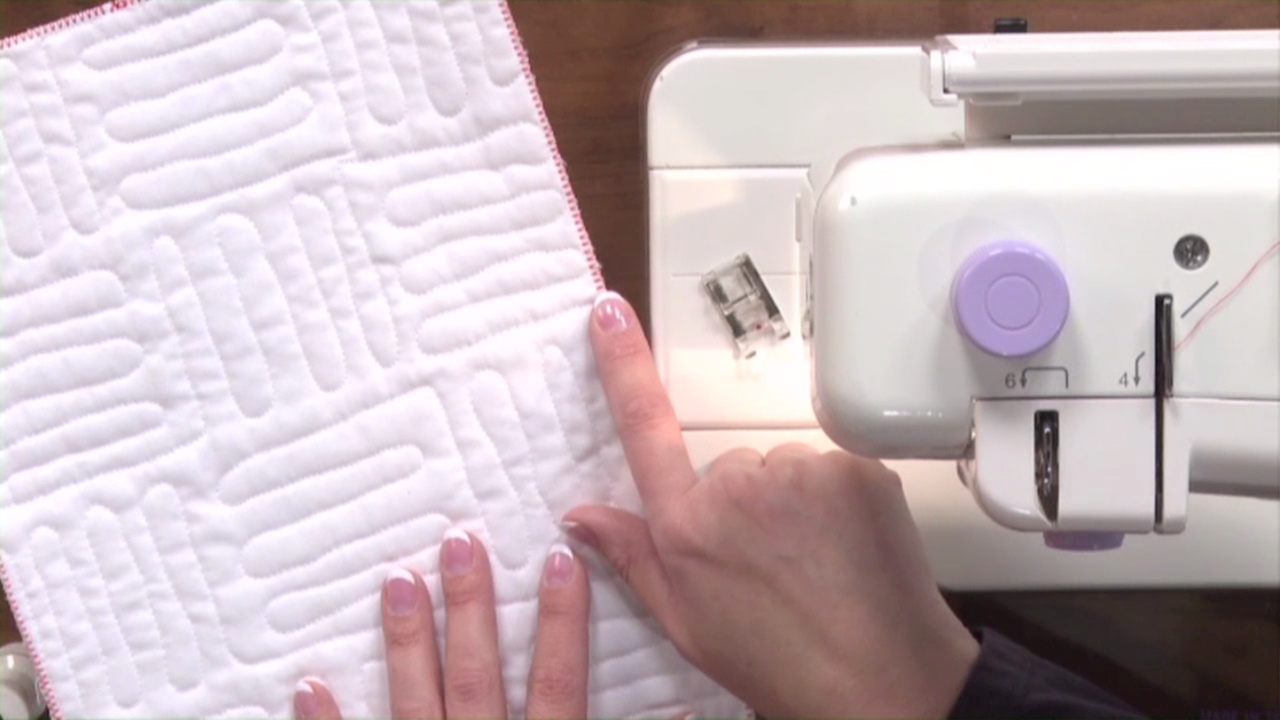
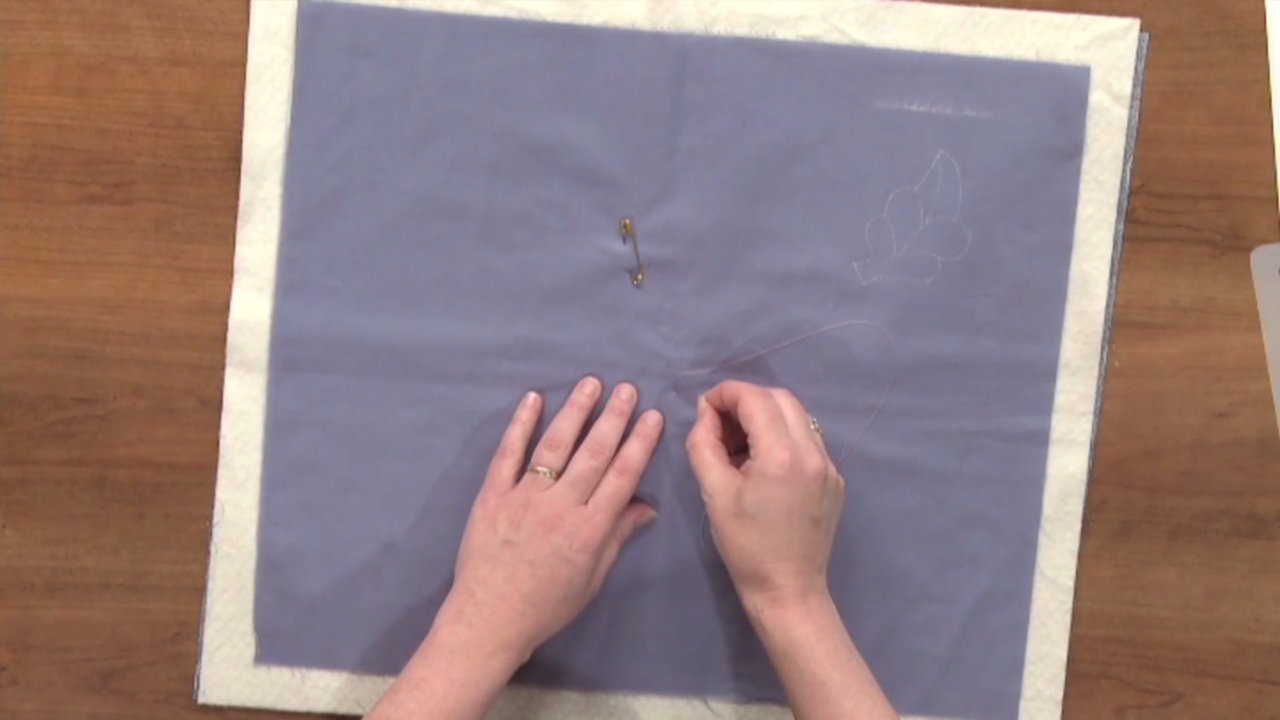
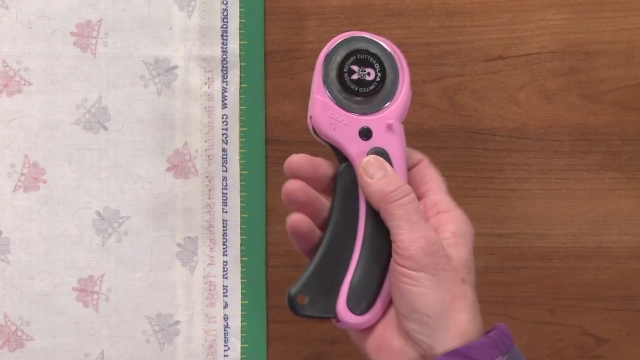
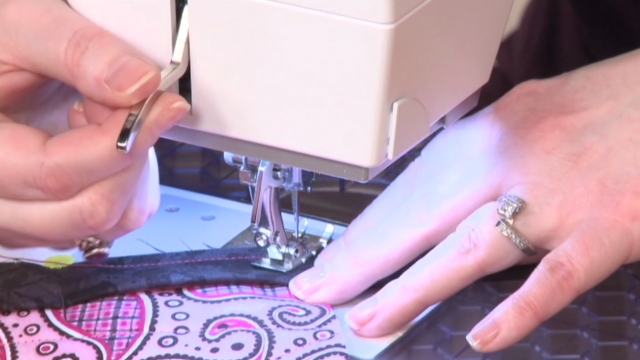
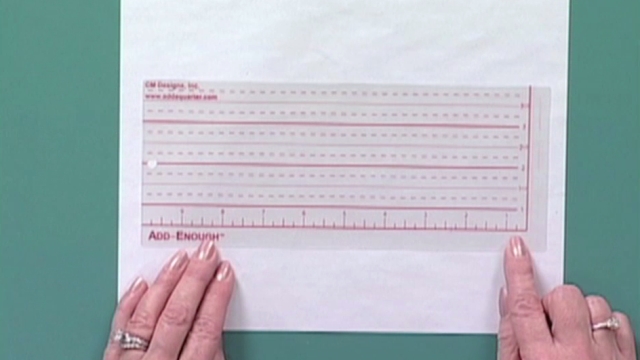
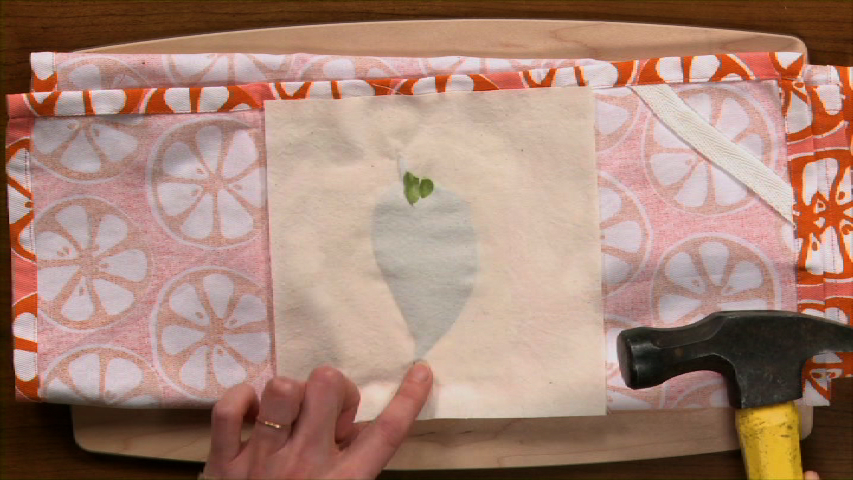
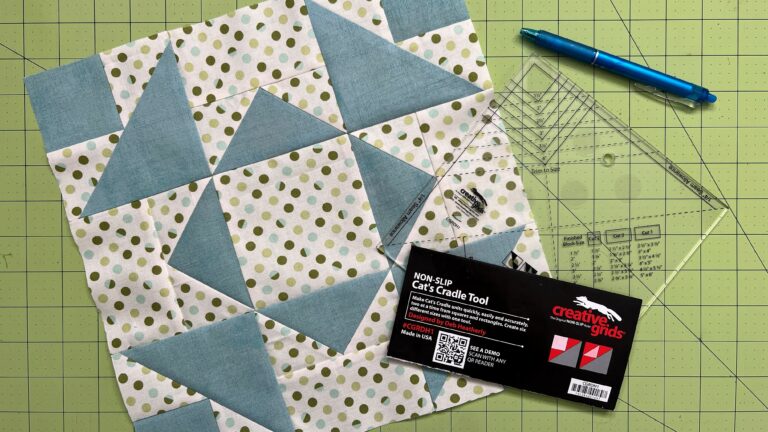
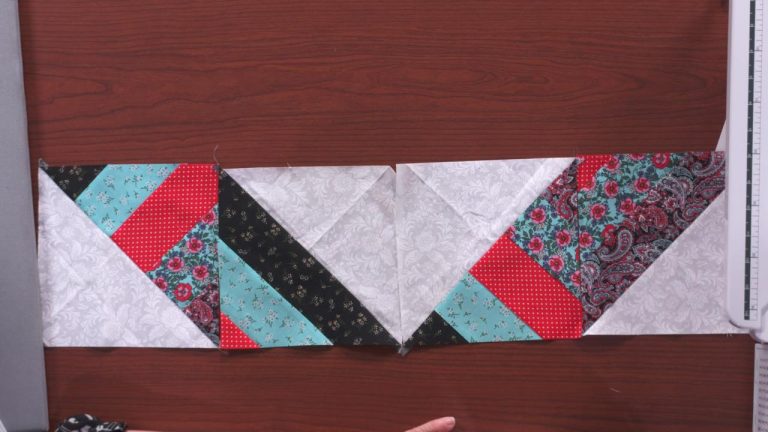
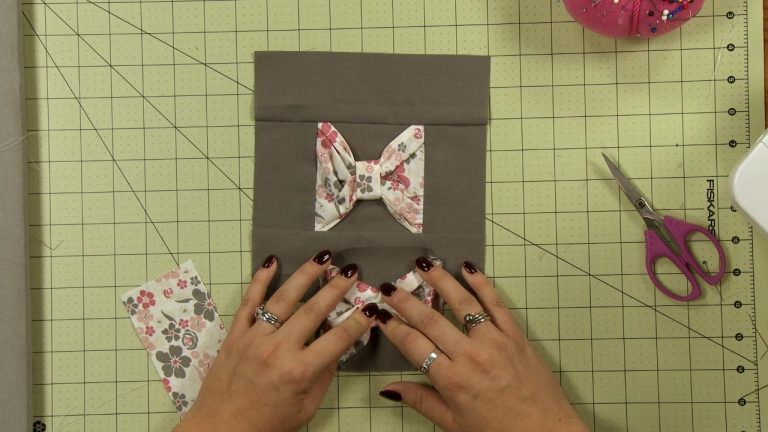
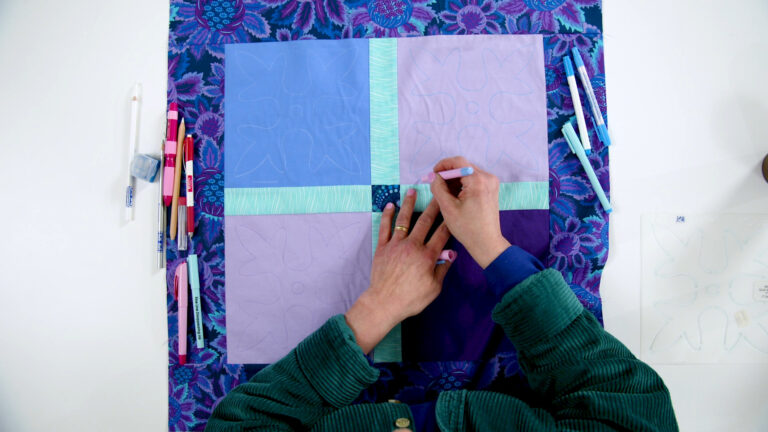
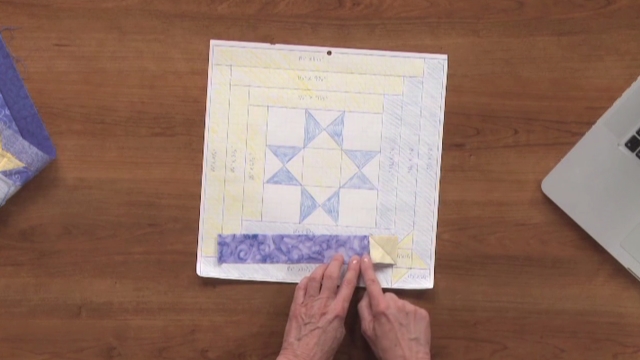
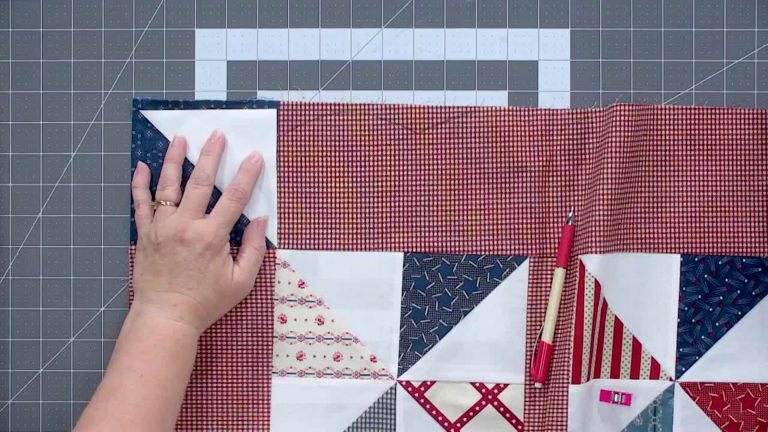
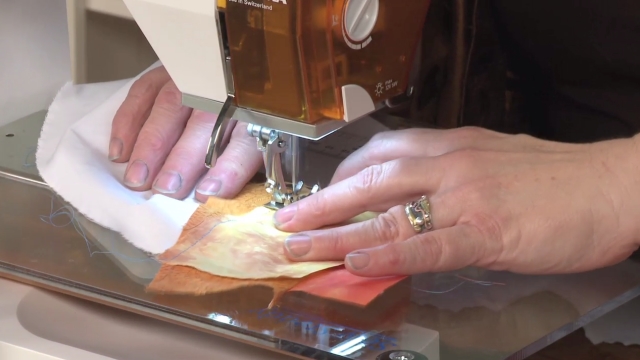
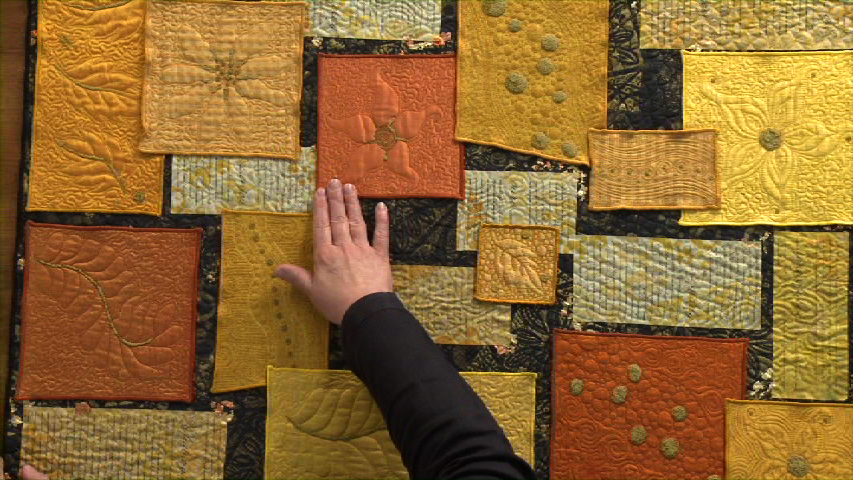
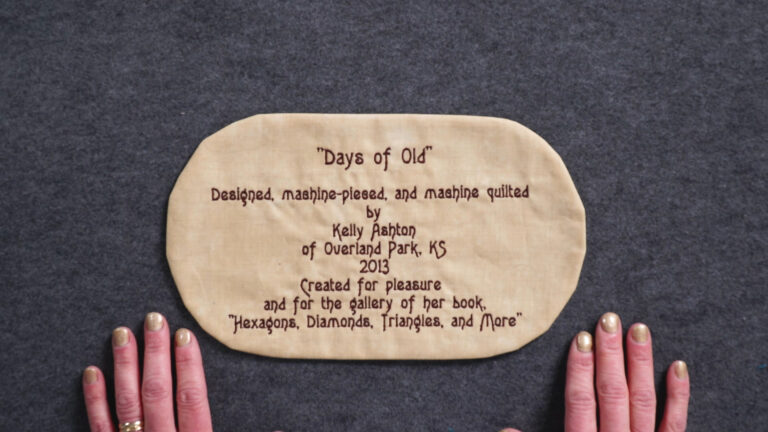
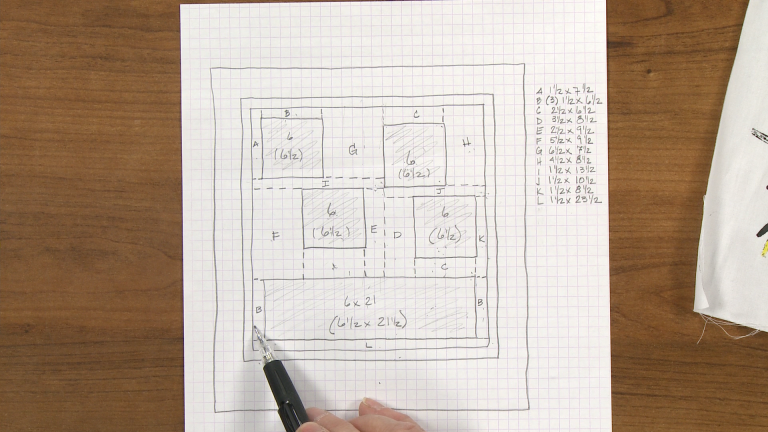
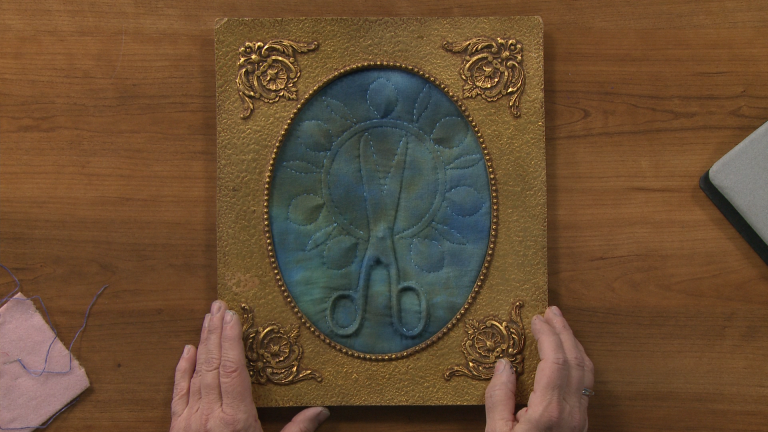
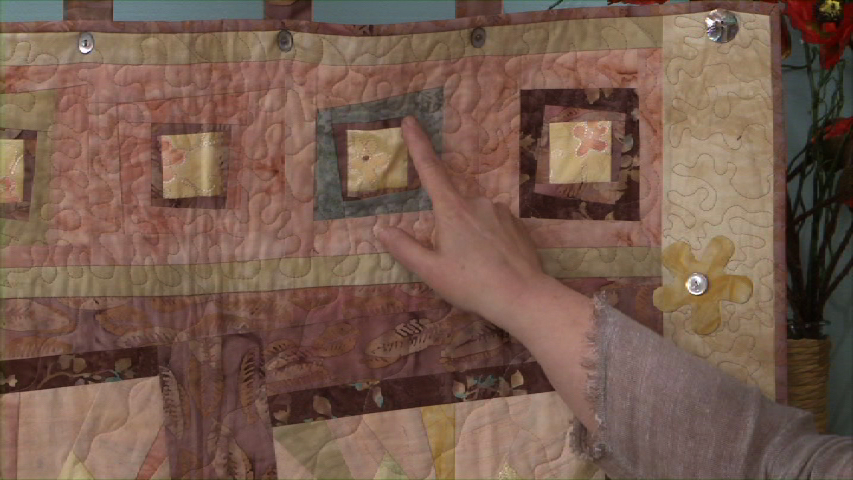
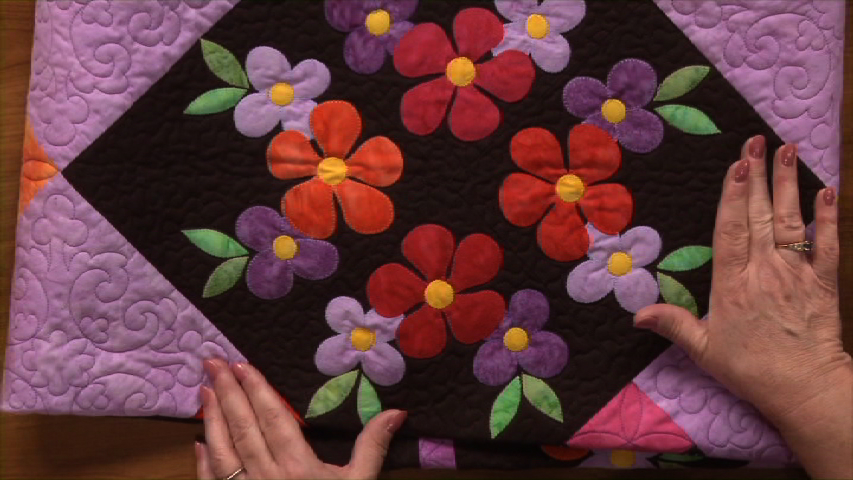
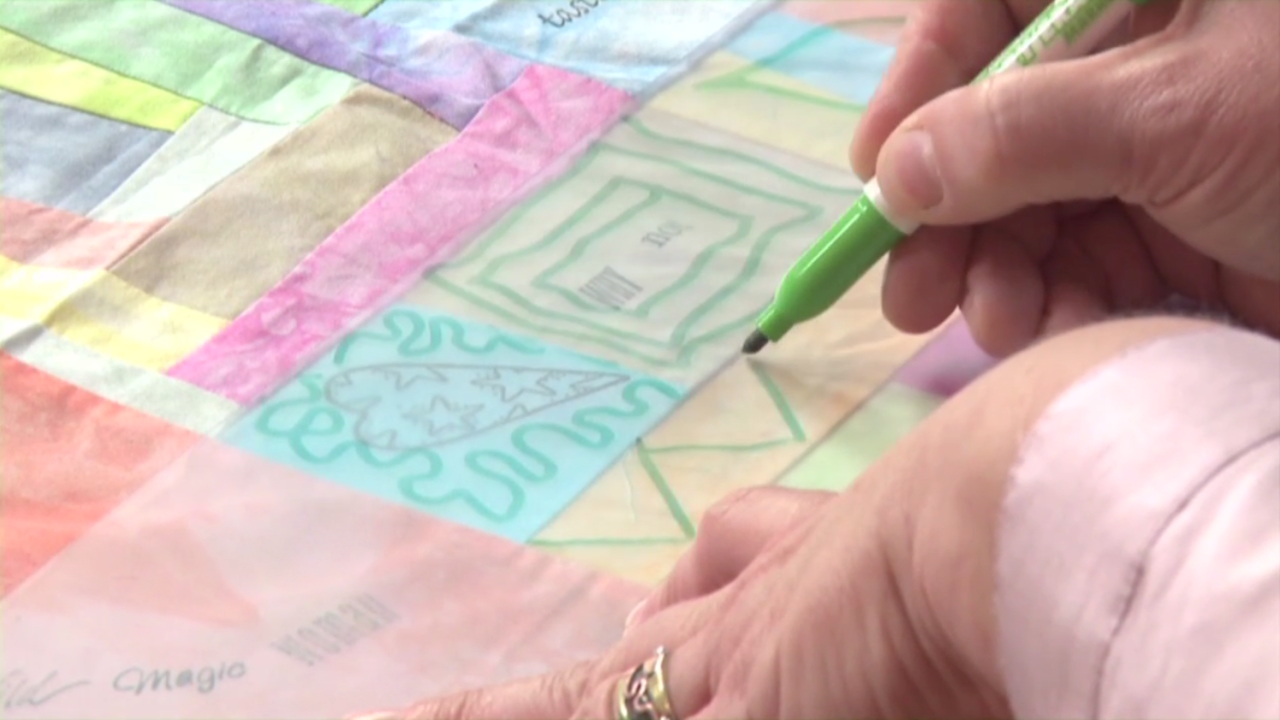
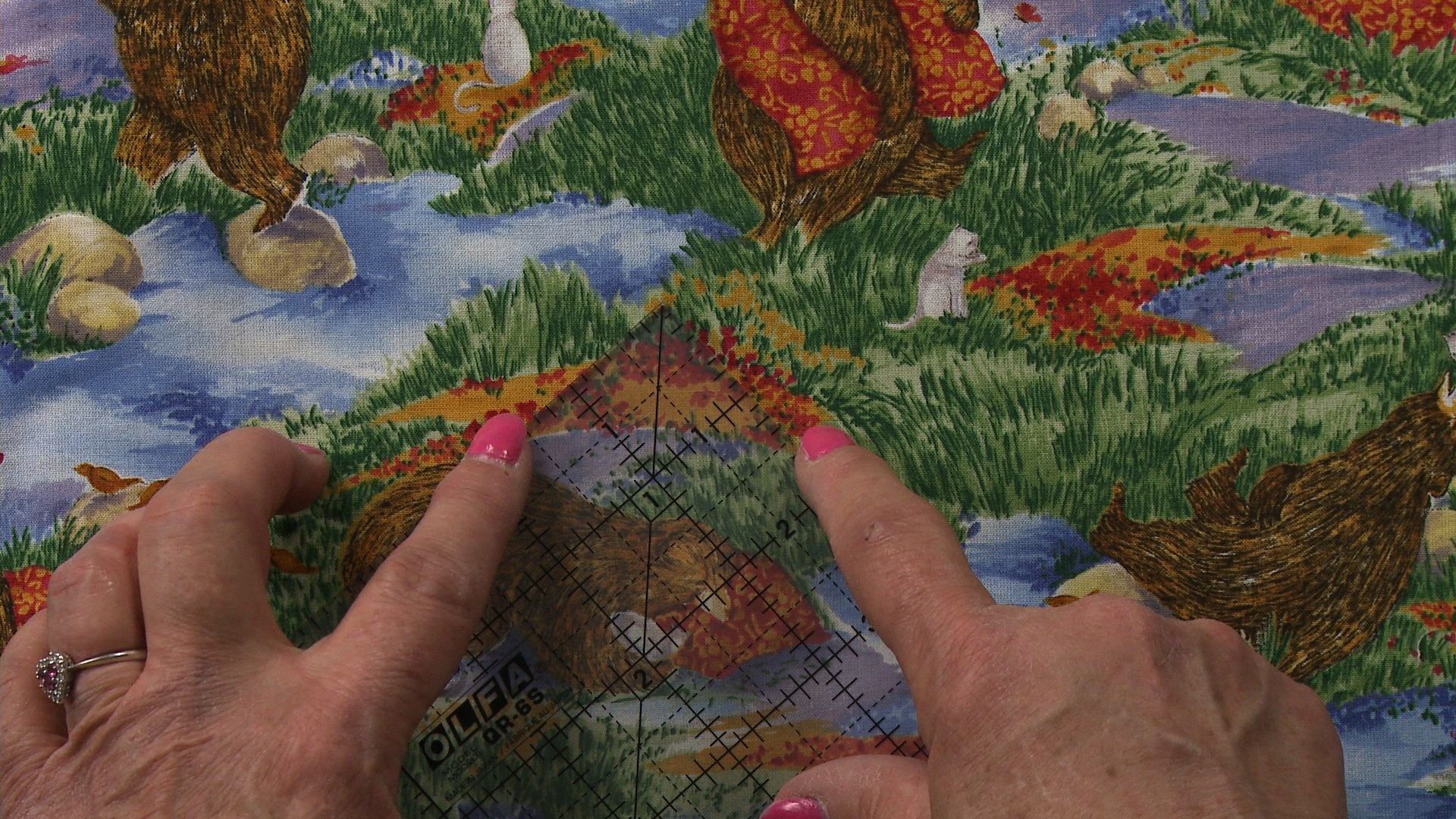
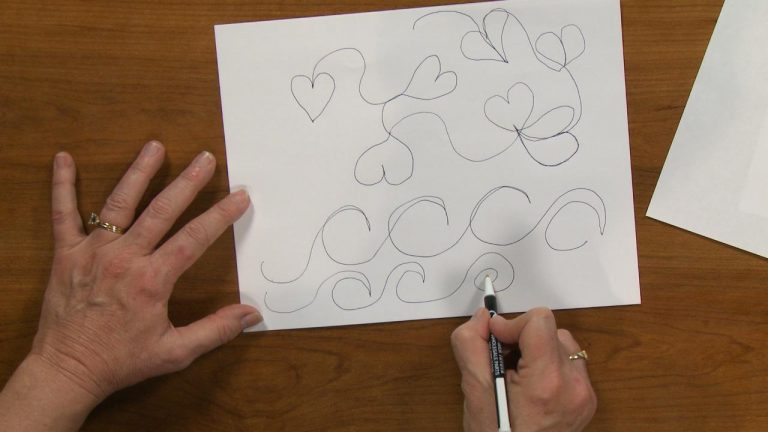
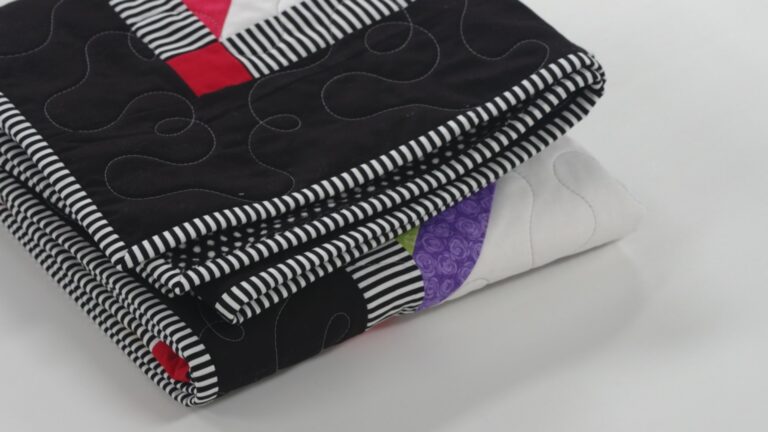
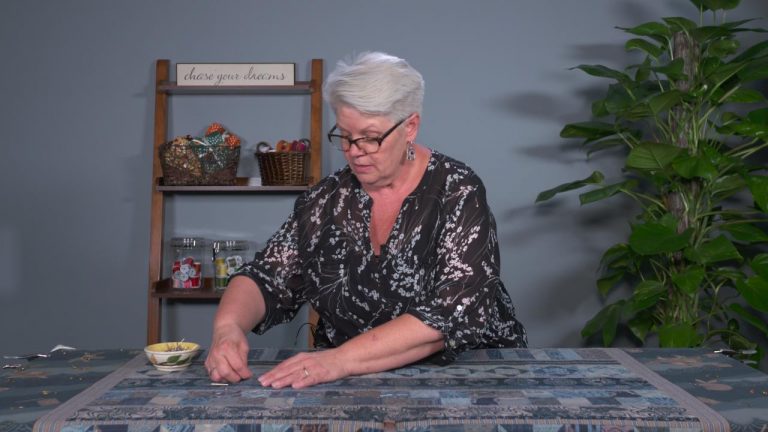
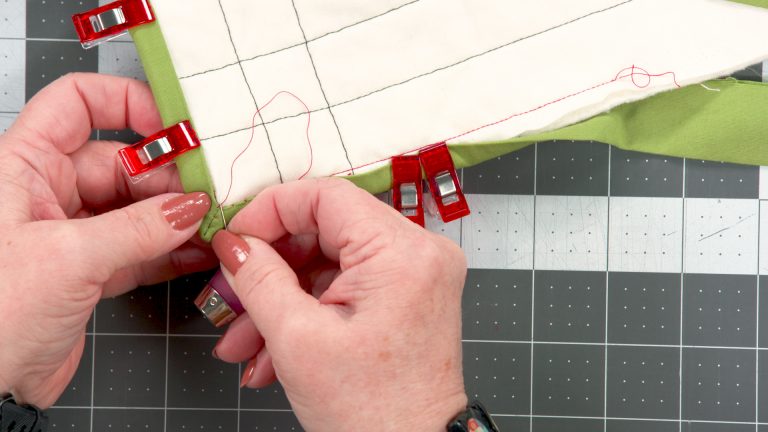
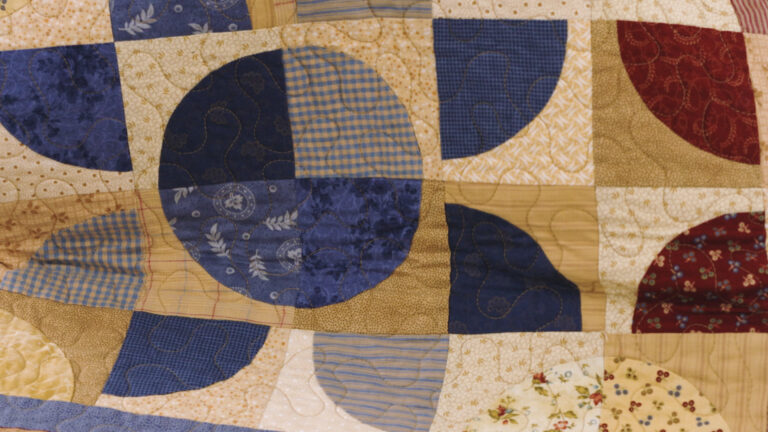
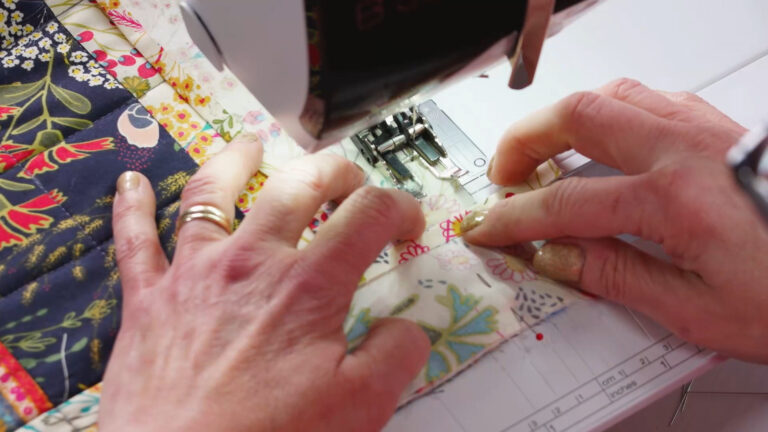
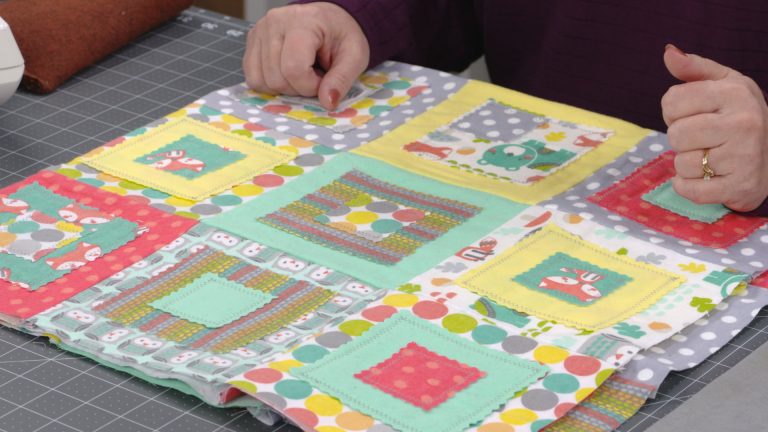
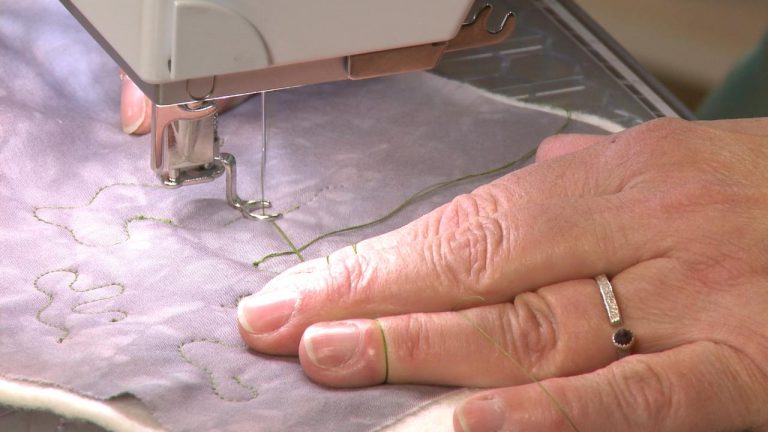
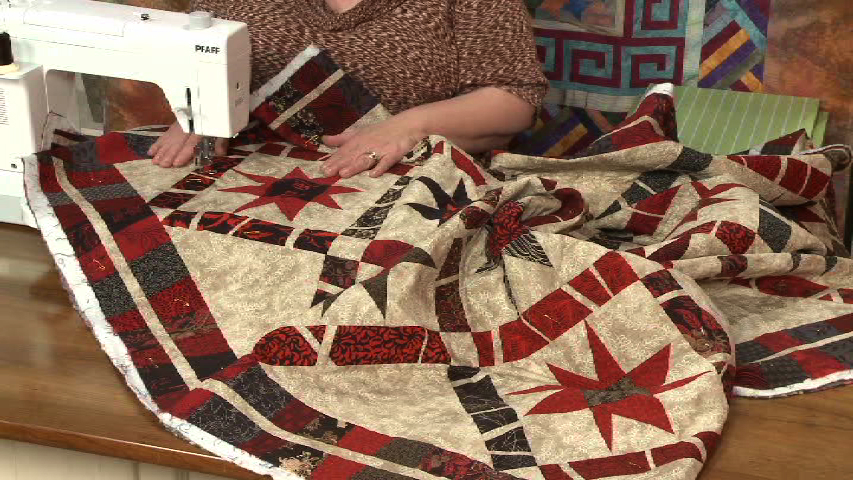
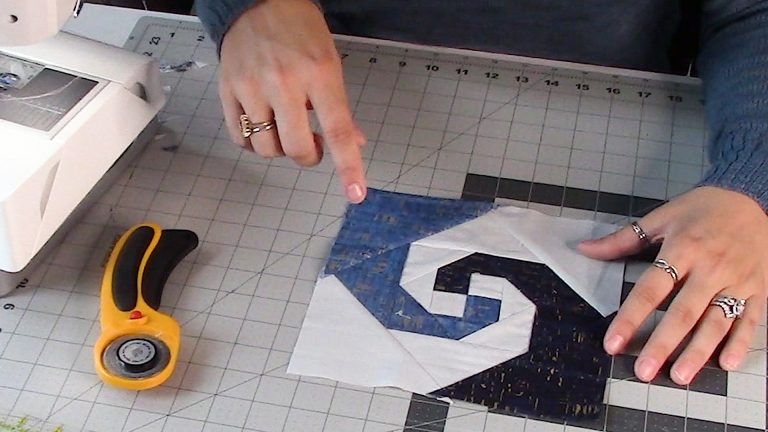
Share tips, start a discussion or ask one of our experts or other students a question.
Already a member? Sign in
No Responses to “How Should I Quilt This Quilt? Session 1: Introduction”